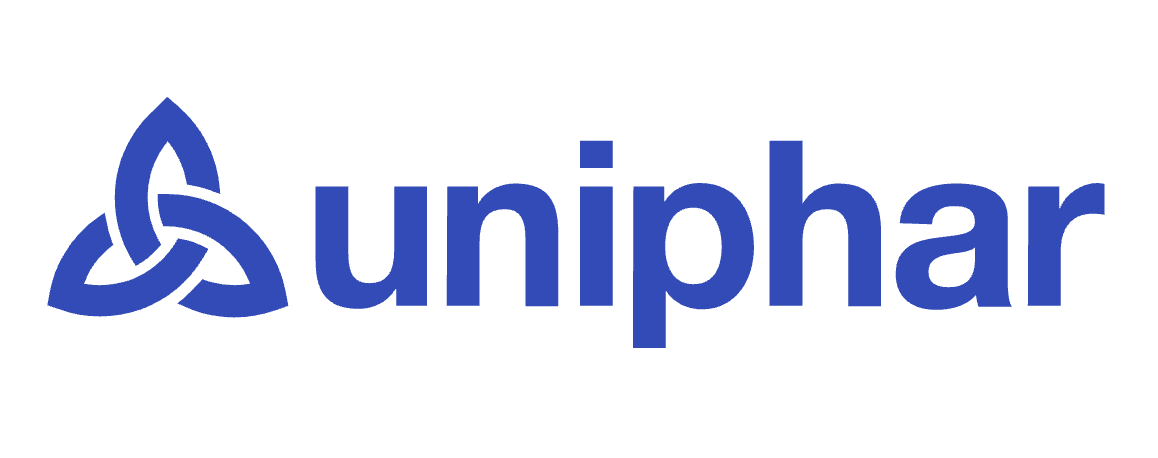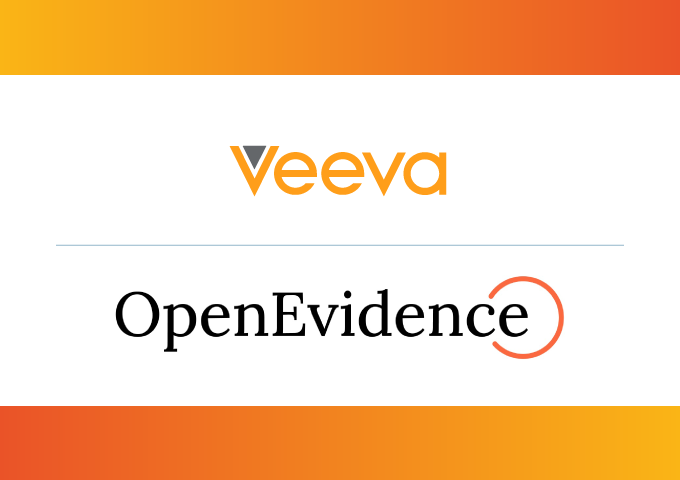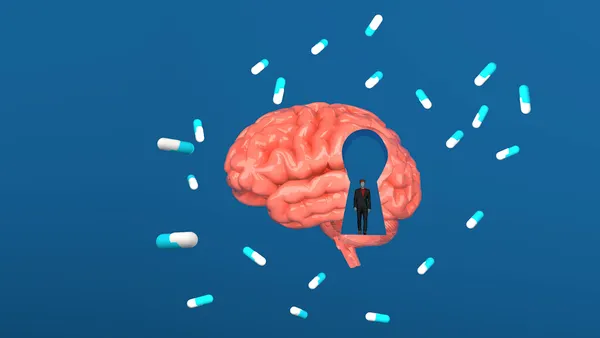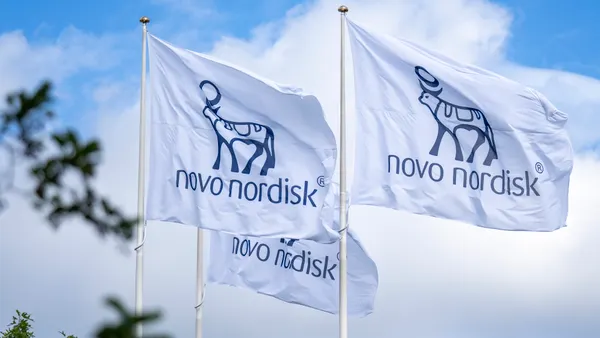Patient Safety Barrett. Patient safety is a cornerstone of clinical trials. But with the increasing pace of trials, it’s no longer efficient to be reactive; proactive, real-time monitoring can increase the safety of those participating in trials, spotting potential interactions, and flagging common side effects. One of the ways to accomplish these goals is a Web-based solution with proactive notifications. The technology is available to manage this at a global level, so I think we’ll continue to see a better level of patient safety. Bua. Patient safety in clinical trials is fairly well-moderated and reasonably strong, given local IRB approval processes and patient-informed consent, so only marginal improvements can be made with respect to patient safety in clinical trials. The real focus should be on monitoring patient safety after NDA approval, during Phase IV studies, and prescribing uptakes, especially with respect to off-label use. Haddox. Prescription drug abuse is an emerging public-health problem that our industry should be addressing in collaboration with multiple private and public partners. For the first time, this year the President included prescription drug abuse as a key component of the Office of National Drug Control Policy. The abuse of medications, however, goes beyond prescription drugs, as a number of OTC products also are being abused. It is estimated that about one-third of all substance abuse today involves legal pharmaceutical products, often in combination with other licit or illicit substances. One especially vulnerable portion of the population affected by this pervasive, often regionalized problem is young people. Prescription drug abuse can only be solved by a collaborative effort involving law enforcement, schools, parents, community-based organizations, healthcare professionals, social-service agencies, regulatory bodies, and the pharmaceutical industry. Purdue has been working to combat the abuse and diversion of our major opioid analgesic, OxyContin Tablets, since 2000. We elected to get involved and become part of the solution, because we know it’s a complex issue that law enforcement alone cannot be expected to handle. There’s a lot that the pharmaceutical industry can, and should, do to help fight prescription drug abuse. Freiman. Clearly since Vioxx, the so-called guardians of safety will have their hatchets out and sharpened. I personally don’t think much is missing with regard to patient safety, as both the clinicians of industry and reviewing offices of the FDA have high-ethical standards. Perhaps an annual face-to-face follow up meeting on newly approved drugs would be in order to review any safety concerns or just to update both sides. Cauwenbergh. When studies are properly conducted, patient safety under today’s standards is probably better protected in a study setting than in day-to-day life. I don’t see a need for major changes in this aspect in the clinical-trial setting. I do see a need to upgrade systems in the commercial arena. Especially worrying to me is the oral OTC market, which I consider a ticking time bomb. Since OTCs often have the same ingredients but are marketed (in combinations) for various indications, it is not uncommon that patients who treat themselves with OTC brands for a cold, stuffed nose, pain, allergy, or sleep disturbances may end up with a massive overdose of one active ingredient. In addition, drug interaction studies with new drugs don’t look, and cannot look, at interactions with all of these various combinations. Erickson. For industry-sponsored clinical trials there are plenty of rules, mechanisms, and liability concerns to try to protect patients. Although new multifactorial diagnostic approaches and in vitro toxicology assays can help further. I continue to be concerned about academic trials. We often hear in the media about “profit before patients,” but the concern in academic medicine is “papers before patients.” McNamara. An essential part of protecting patient safety is early and proactive monitoring of potential issues so that adverse events can be identified, characterized, and diagnosed sooner. In the next year, we will notice a greater emphasis on three key areas: better visibility of trial data; better electronic enablement, which allows for faster processing, analysis, and sharing of data; and more qualitative patient feedback. Statistics are great indicators of many things, but they are not a substitute for a patient’s experience. Kovac. There are many challenges, such as privacy and confidentiality of genetic and other patient information, ethical issues surrounding the use of genetic information, and information overload because of the need to manage increasing volumes of research data and apply them to the clinical-development process effectively. With only one-third of clinical-trial data stored electronically, it is difficult, if not impossible, to share data during a trial. This scenario leads to duplicate data entry and errors. Scientists and clinicians are then unable to easily review data in areas such as patient safety (for example by data safety monitoring boards). By using EDC and breaking from the tradition of using paper documentation, technology will play a significant role in bringing about the organizational and process changes needed to create and maintain a more streamlined, automated, secure, and integrated clinical process. With technology in place, drugs also will be safer because of a revolutionized supply process, which will result in less counterfeit drugs and problems with expired drugs. Wilson. The process we use to protect patients in clinical trials already is good and effective. The issue is, what happens to patients after the trials are complete and the product is brought to market? Product safety is an industry issue, and recent product withdrawals are bringing increased scrutiny on the industry from all quarters. And the greatest scrutiny is on the regulatory process before and after product approval. In 2005, I predict that we’ll experience increasing pressure to improve postmarketing insights and to enhance our ability to ensure patient safety in the real-world setting. Our current challenge is that the very thing that increases internal validity of a clinical trial may jeopardize the ability to predict its impact postlaunch. We establish very tight inclusion/exclusion criteria to measure efficacy, but those criteria also limit our knowledge of the impact of comorbid conditions and concomitant medications. We need to evaluate products in broad-based, real-world settings where we can measure safety and product value and provide rapid feedback of this information to the manufacturer for improved decision-making and product positioning. I predict we’ll see more such research taking place in the coming year. W. Thompson. Patients are well-protected in trials. Problems occur upon initial marketing, when population information is sparse. Physicians and patients don’t perceive that they are part of an extended clinical trial without the protections of the protocol safety features. There should be a three-light regulatory approval: red (not safe for anyone outside a formal trial); green (we know enough for general use); and yellow (patients can get but only with reporting of events and prescribed monitoring). Whether all physicians should be able to prescribe all drugs is another key safety issue. What’s Your Opinion? 2005 — A look ahead What are the most significant business challenges you believe the industry will face in 2005? Tighter FDA scrutiny of new products in development Regulatory guidelines for approved products are being confused with preapproval nonregulation of scientific information by major pharmaceutical MLR review committees. Big pharma purchasing departments are sacrificing the innovation and quality provided by boutique-service providers for low price and one-stop shopping provided by advertising conglomerates. Bill Hahn VP, Marketing and Business Development Shaw Science Partners Inc. Follow-on Drugs Improve Patient Safety and Help Reduce Costs Follow-on medicines, sometimes referred to as me-too drugs, provide therapeutic advantages over existing treatments and expand the opportunity to treat more patients with improved safety and efficacy at lower cost, according to an analysis recently completed by the Tufts Center for the Study of Drug Development. The Tufts CSDD study also found that the first drug within a therapeutic class to gain marketing approval in the United States by the Food and Drug Administration (FDA) is not necessarily the best drug within that class. “Follow-on drugs result from a development race in which only one drug can be the first approval in a new therapeutic class,” says Kenneth I. Kaitin, Ph.D., director of Tufts CSDD. “Far from being redundant, follow-on drugs create therapeutic alternatives, which enable physicians to individualize patient treatment.” Dr. Kaitin adds that benefits of incremental innovation are similar to those that occur in other healthcare product categories, such as diagnostics, devices, vaccines, and in R&D for neglected diseases and rare illnesses. He says follow-on drugs increase product availability from multiple sources, creating competition that results in higher quality medicines at lower cost. For example, Dr. Kaitin says, the current monthly cost of statins launched in 2003 is 45% less than statins launched in the early 1990s and the cost for ACE inhibitors (antihypertensives) launched in the mid-1990s is 72% less compared with the early 1980s. “On average, one-third of all follow-on drugs in development receive a priority rating from the FDA, which indicates that they constitute a therapeutic advance over drugs already on the market,” Dr. Kaitin says. “This strongly suggests that the first products to reach the pharmacy shelf may not be the safest or most efficacious.” Source: Tufts Center for the Study of Drug Development, Boston. For more information, visit csdd.tufts.edu. study results Nearly all follow-on drugs for classes where the first-in-class drug was approved in the 1990s were synthesized, had initial pharmacologic testing, and were in clinical testing somewhere in the world before the first-in-class drug was approved. Effective market-exclusivity period for first-in-class drugs dropped 78%, from an average of 8.2 years in the 1970s to 1.8 years from 1995 to 1998. A substantial number of late-entering follow-on drugs had priority ratings. For the classes with four or more follow-on drugs, 48% of the follow-on drugs that received a priority rating were the fourth to market or a later follow-on. Prescription drug abuse is an emerging public-health problem that our industry should be addressing in collaboration with multiple private and public partners. Dr. J. David Haddox Purdue Pharma L.P. Jay Bua Ascend Therapeutics Inc. Patient safety in clinical trials is fairly well-moderated and reasonably strong. The real focus should be on monitoring patient safety after NDA approval, during Phase IV studies and prescribing uptakes, especially with respect to off-label use.
An article from


Patient Safety
Filed Under:
Research & Development










